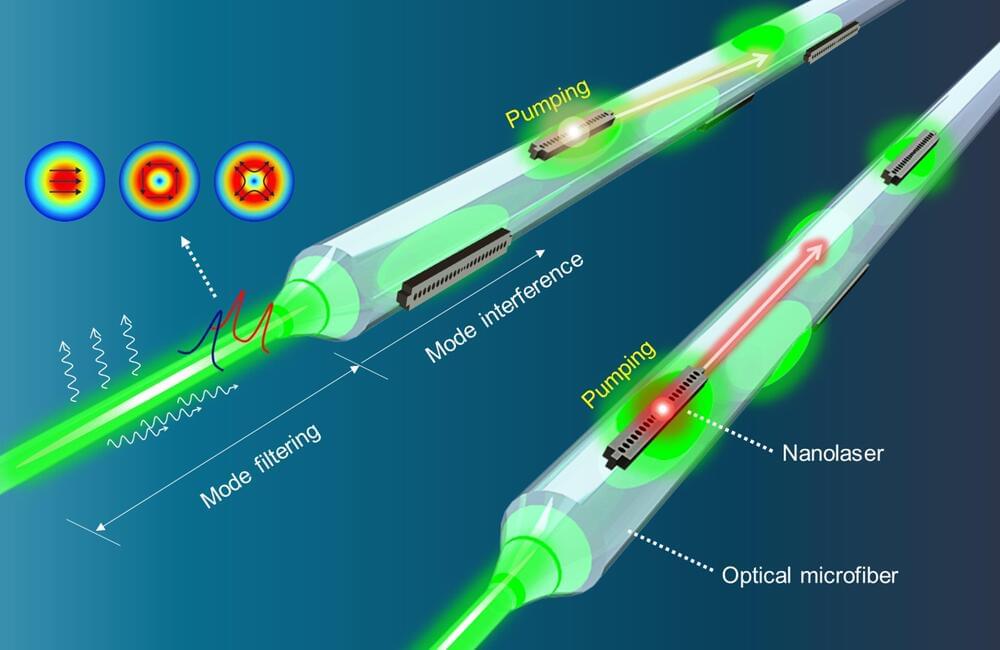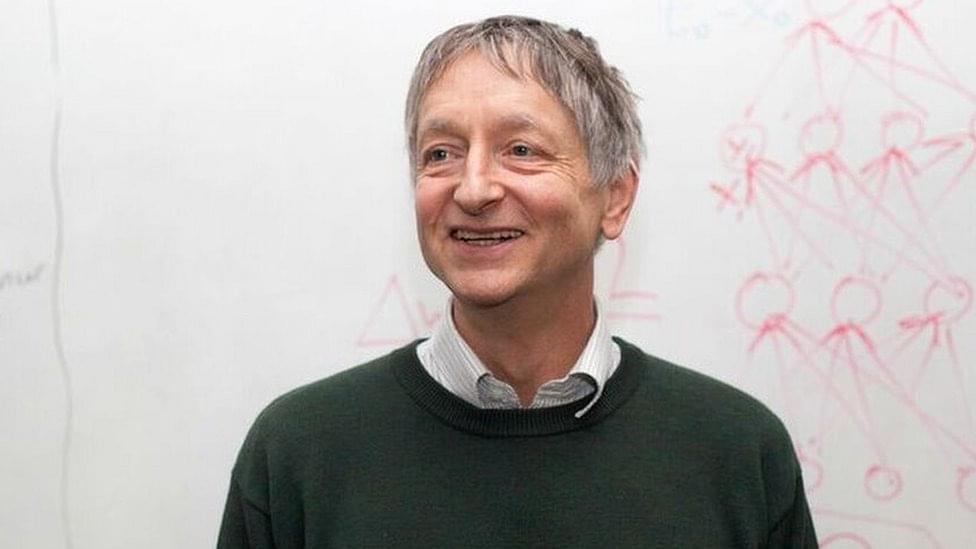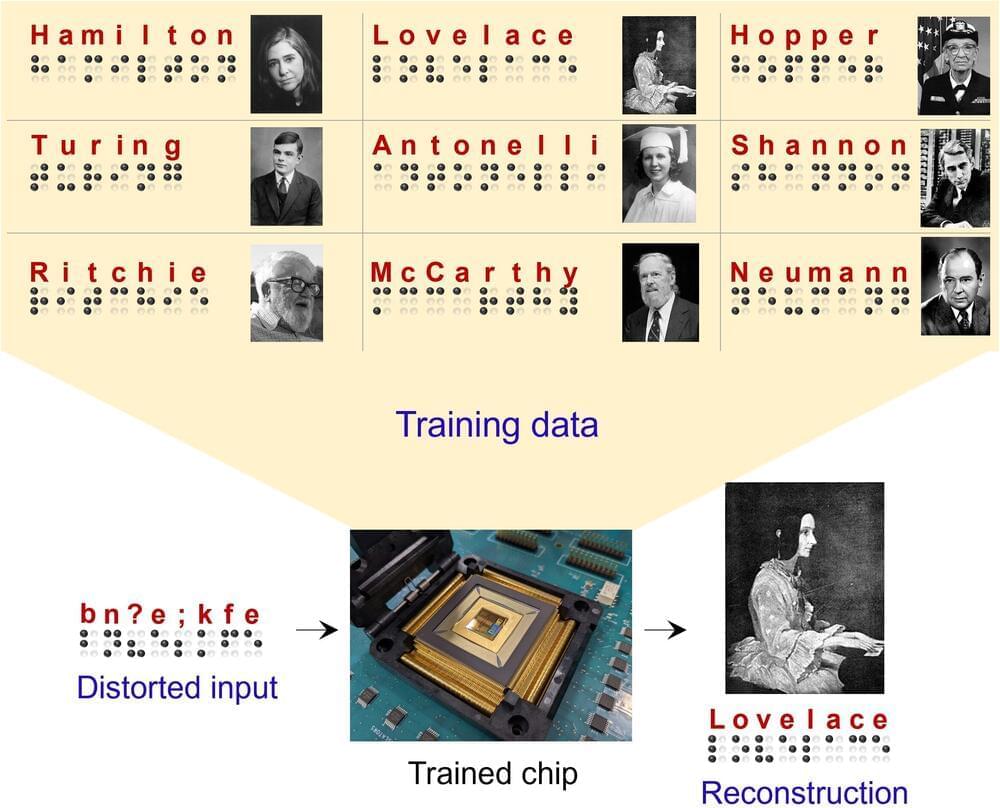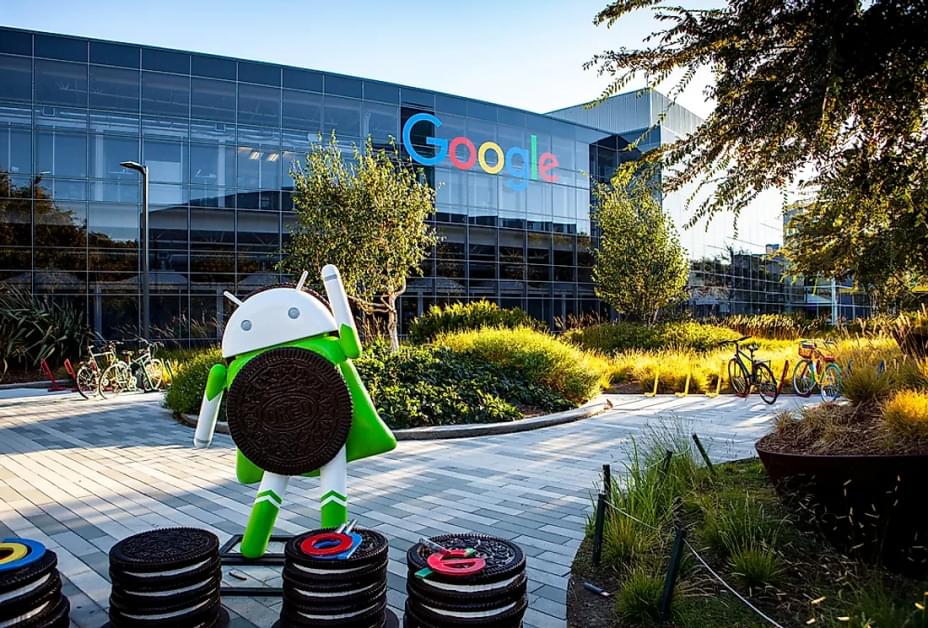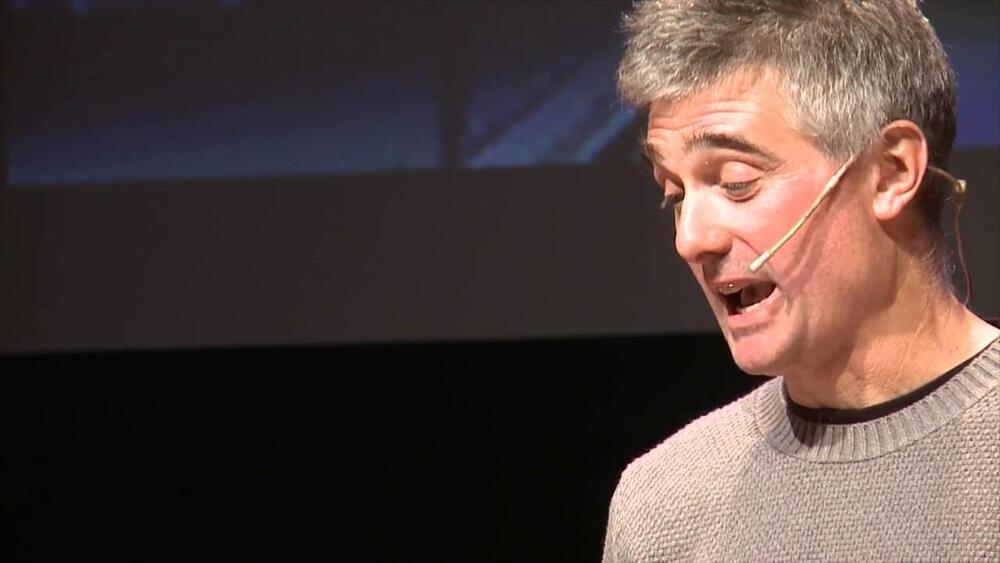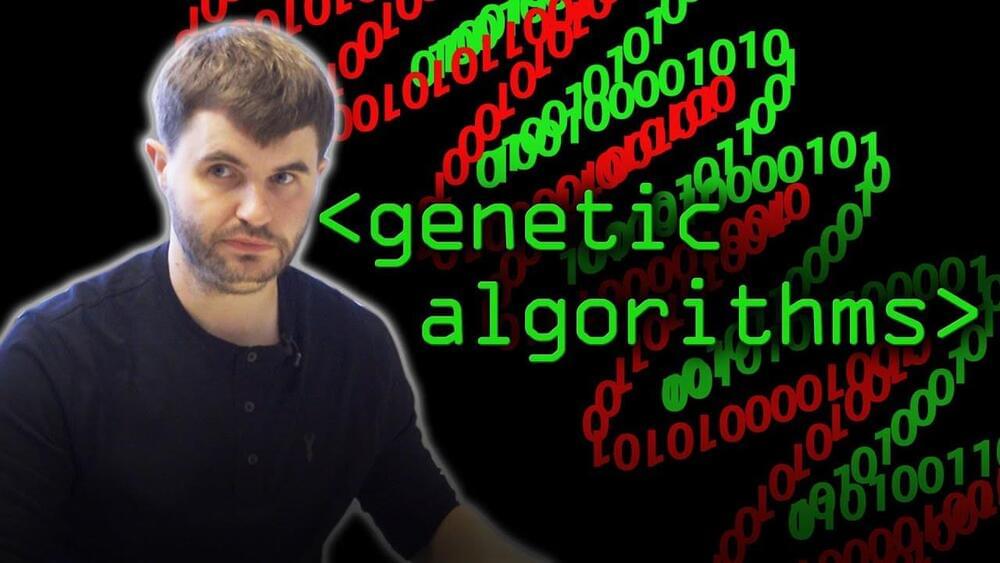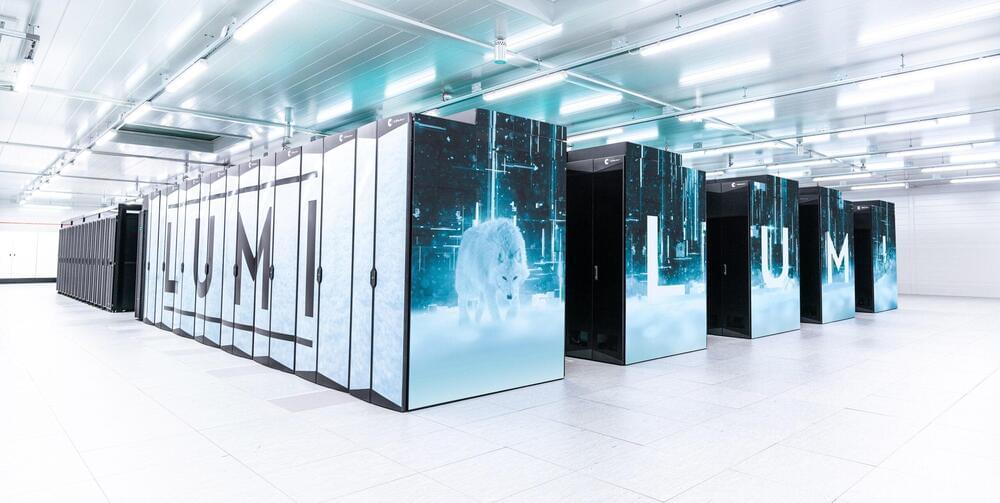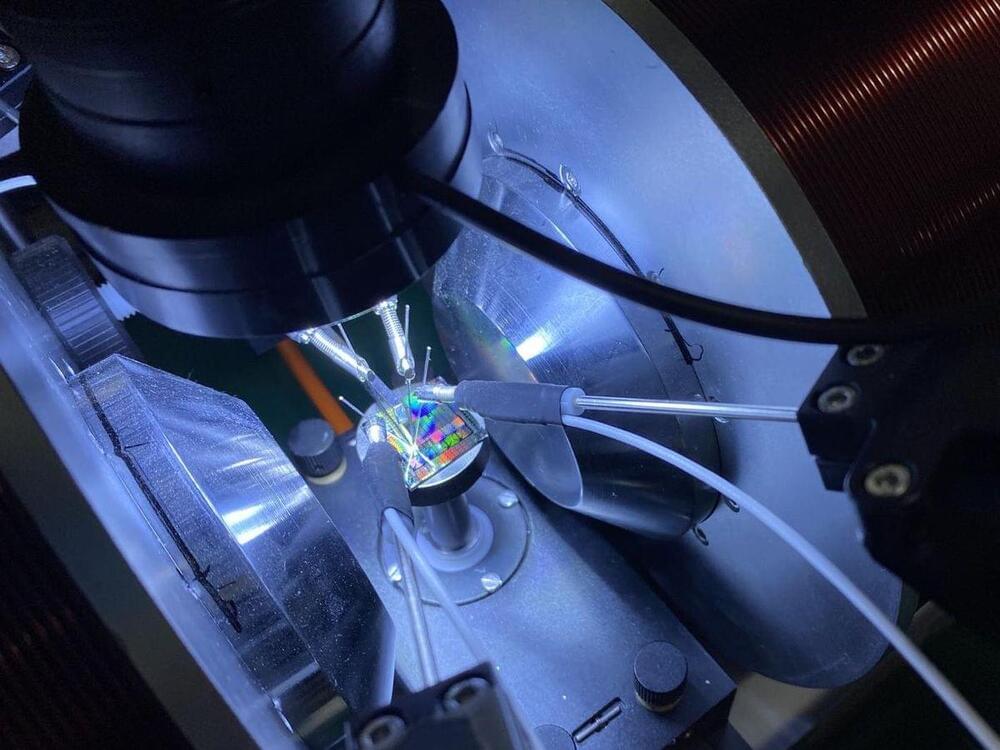Dec 15, 2022
Researchers develop all-optical approach to pumping chip-based nanolasers
Posted by Shubham Ghosh Roy in categories: computing, information science, internet
Researchers have developed a new all-optical method for driving multiple highly dense nanolaser arrays. The approach could enable chip-based optical communication links that process and move data faster than today’s electronic-based devices.
“The development of optical interconnects equipped with high-density nanolasers would improve information processing in the data centers that move information across the internet,” said research team leader Myung-Ki Kim from Korea University.
“This could allow streaming of ultra-high-definition movies, enable larger-scale interactive online encounters and games, accelerate the expansion of the Internet of Things and provide the fast connectivity needed for big data analytics.”
